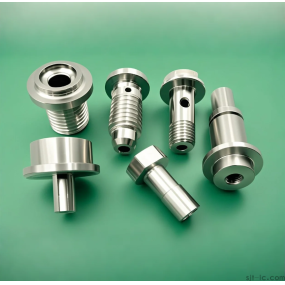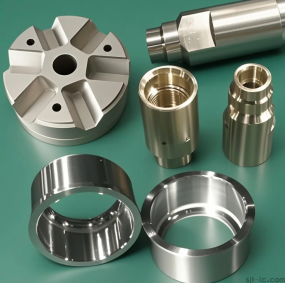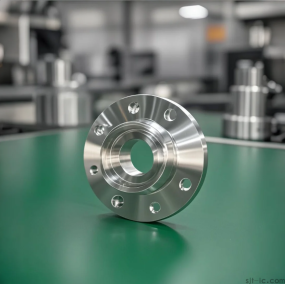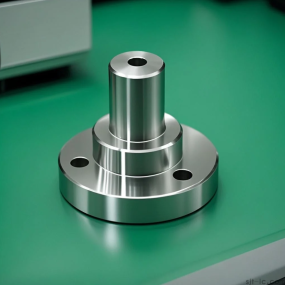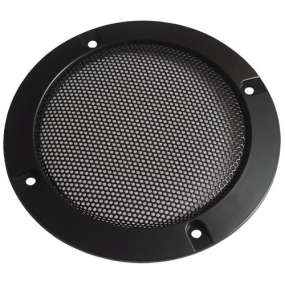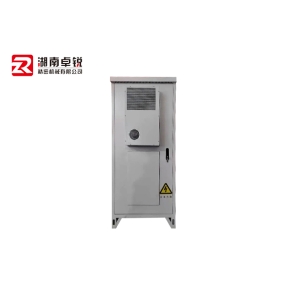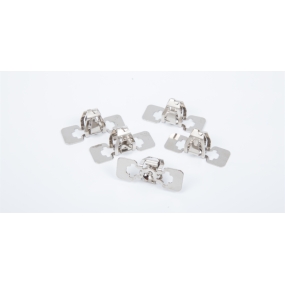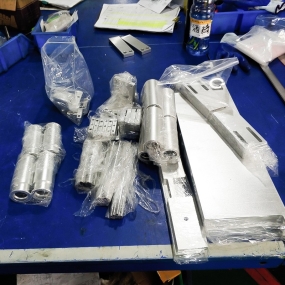In the field of processing, some users will put forward requirements for processing with incoming materials, while others hope that manufacturers can purchase materials and process parts by themselves. Shenzhen EMAR Precision Technology supports processing with incoming materials and processing with incoming materials. Next, we will analyze the differences between processing with incoming materials and processing with incoming materials for you. Let‘s take a look:
Processing with incoming materials: Foreign users provide raw materials, which must be made into finished products for export. Raw materials are the kind that are difficult to buy, so they are provided by foreign parties, and the processing manufacturer does not need to pay for the materials. After the processing is completed, the settlement is carried out. The customer only pays the processing cost to the processing manufacturer, and the excess materials are returned to the user.
Incoming processing: Raw materials need to be imported from abroad by the processing manufacturer through normal procedures, and then exported after processing. This profit is not only the processing cost, but also all the remaining funds after removing the cost. Of course, imported materials do not need to be made into finished products and exported back to the importing country.
The main difference lies in tariffs. Incoming materials need to pay the tariffs that should be paid for imported materials, while incoming materials do not need to pay tariffs for processing. It is equivalent to raw materials entering the bonded area. If the incoming materials cannot be exported, it will be more troublesome, and the corresponding tariffs will be paid after a certain period of time.
What are the essential differences between incoming processing and incoming processing? What does this have to do with the bonded manual?
The similarities between incoming processing and incoming processing:
1. The raw materials come from abroad, and the finished products are sold abroad.
2. The purpose of processing is the same, both to earn foreign exchange.
3. All materials are bonded goods.
4. Implement contract registration and filing, and establish a security deposit account.
5. Material import face-to-face submission license;
6. All need to be verified;
The differences between incoming processing and incoming processing:
1. Incoming materials belong to one transaction, one contract, incoming materials belong to multiple transactions, and finished products can be sold to multiple countries;
2. The incoming material shall be determined by the client to determine the technical requirements of the processing variety, and the incoming material shall be sold by ourselves, and we shall be responsible for our own profits and losses to earn profits
3. The two parties to the incoming material are an entrusted relationship, and the two parties to the incoming material are a buying and selling relationship;
The above pointed out is mainly the finished product processing and feed processing, because some foreign materials cannot be purchased in China, and some are caused by foreign customers specifying material suppliers. However, in the field of CNC processing, because many materials are universal, even if they are not universal, there are standard replacement materials. In order to strictly control product quality, especially in terms of material control, our company is equipped with professional material analysis equipment to meet the material requirements of different industries. For example, 316 stainless steel is usually used for medical parts, and 7075 series aluminum alloys are used for aviation parts. After the material arrives at the warehouse, the company uses a spectrometer to analyze the material elements to avoid ineffective processing caused by material problems. At present, the processing of imported materials in the field of CNC processing is generally provided by the user, and the manufacturer provides the processing. On the contrary, the manufacturer provides the material purchase and processing as a whole.
 Shenzhen EMAR Precision Technology is a powerful manufacturer with more than ten years of experience in CNC processing. We provide CNC incoming processing and feeding processing methods to the outside world. At present, our company has assembled more than 100 CNC processing machine tools, providing numerical control centering machine, cutting machine, turning and milling compound and CNC Machining center processing business, and the company has customized processing and batch-scale processing capabilities. It has taken the lead in passing IATF16949 quality management certification and national high-tech enterprise audit. It has significant advantages in product accuracy, processing efficiency and delivery cycle. Welcome to call.
Shenzhen EMAR Precision Technology is a powerful manufacturer with more than ten years of experience in CNC processing. We provide CNC incoming processing and feeding processing methods to the outside world. At present, our company has assembled more than 100 CNC processing machine tools, providing numerical control centering machine, cutting machine, turning and milling compound and CNC Machining center processing business, and the company has customized processing and batch-scale processing capabilities. It has taken the lead in passing IATF16949 quality management certification and national high-tech enterprise audit. It has significant advantages in product accuracy, processing efficiency and delivery cycle. Welcome to call.


 Spanish
Spanish Arabic
Arabic French
French Portuguese
Portuguese Belarusian
Belarusian Japanese
Japanese Russian
Russian Malay
Malay Icelandic
Icelandic Bulgarian
Bulgarian Azerbaijani
Azerbaijani Estonian
Estonian Irish
Irish Polish
Polish Persian
Persian Boolean
Boolean Danish
Danish German
German Filipino
Filipino Finnish
Finnish Korean
Korean Dutch
Dutch Galician
Galician Catalan
Catalan Czech
Czech Croatian
Croatian Latin
Latin Latvian
Latvian Romanian
Romanian Maltese
Maltese Macedonian
Macedonian Norwegian
Norwegian Swedish
Swedish Serbian
Serbian Slovak
Slovak Slovenian
Slovenian Swahili
Swahili Thai
Thai Turkish
Turkish Welsh
Welsh Urdu
Urdu Ukrainian
Ukrainian Greek
Greek Hungarian
Hungarian Italian
Italian Yiddish
Yiddish Indonesian
Indonesian Vietnamese
Vietnamese Haitian Creole
Haitian Creole Spanish Basque
Spanish Basque

